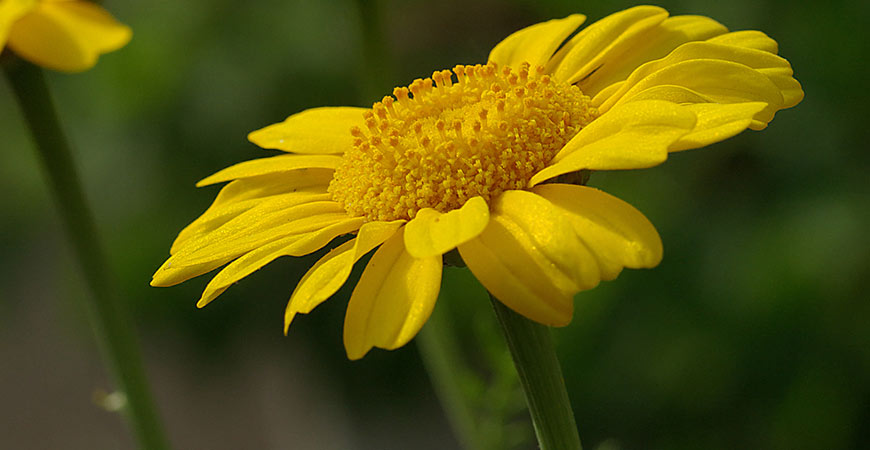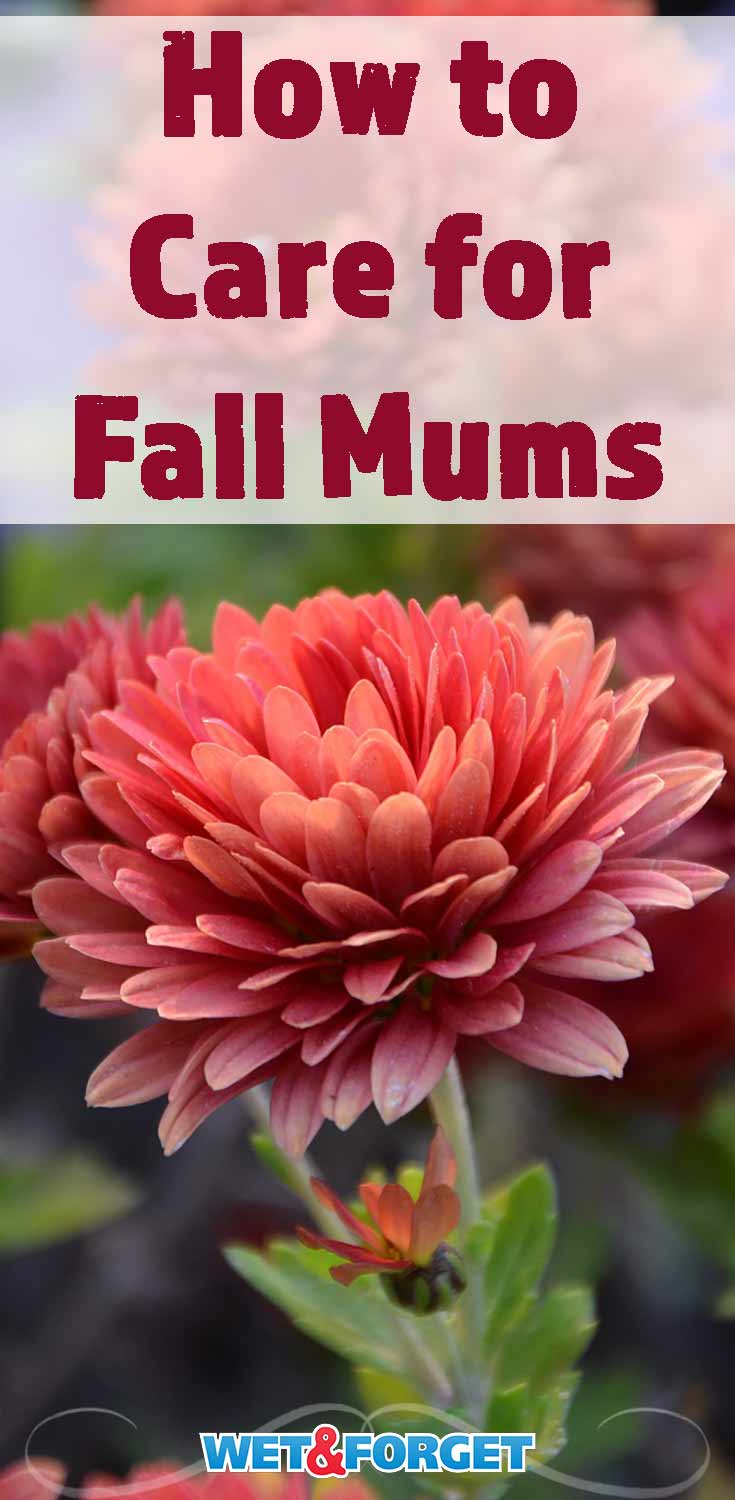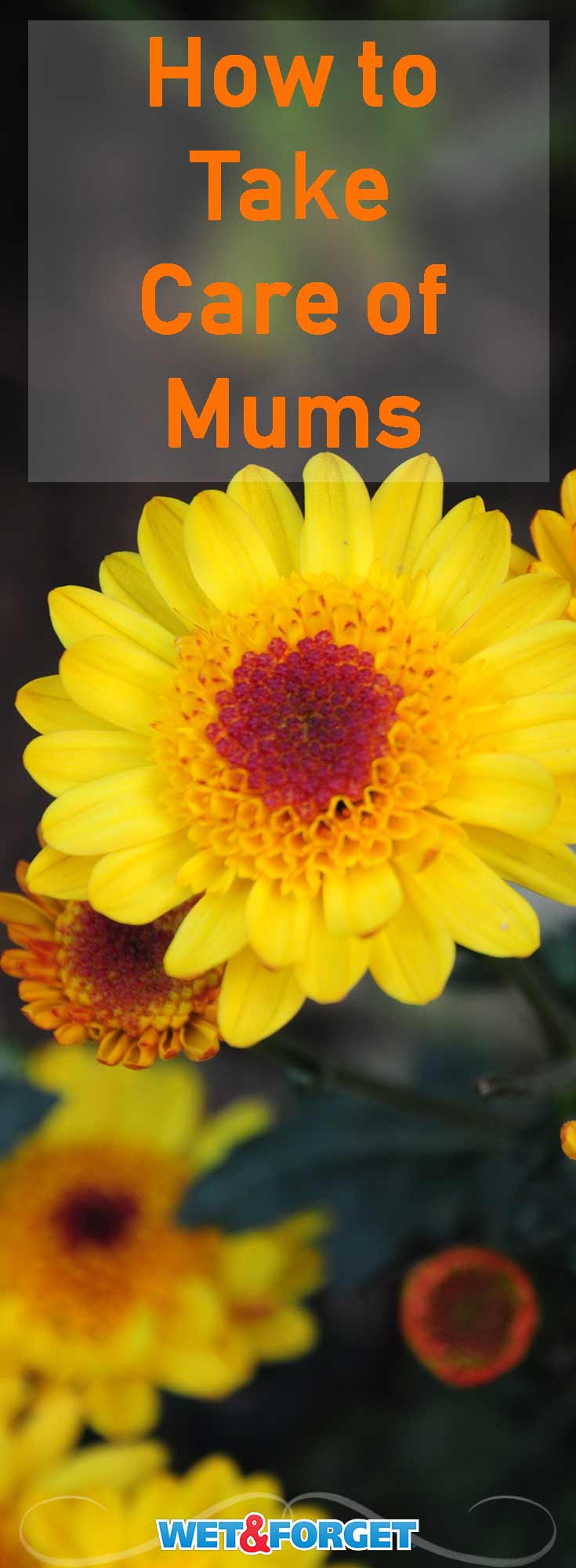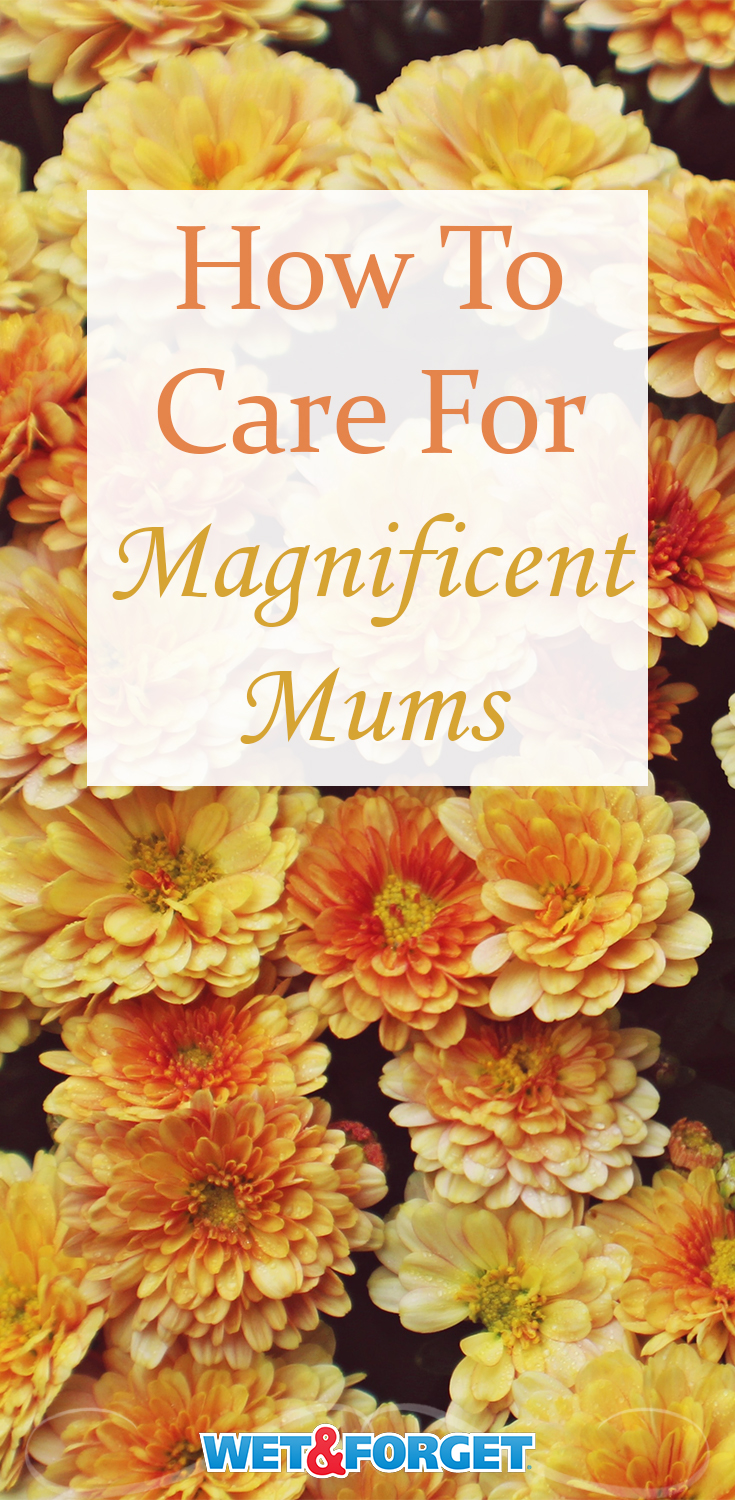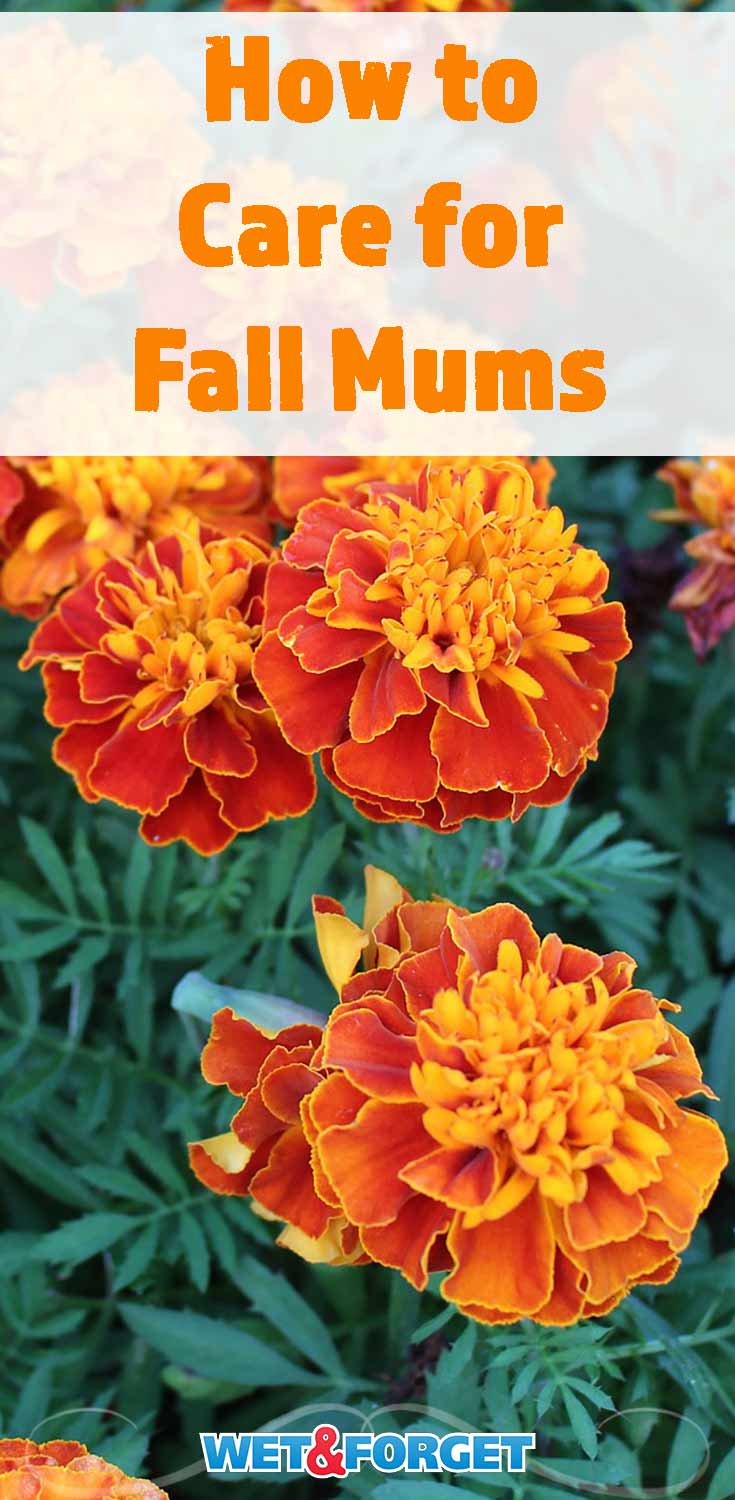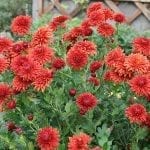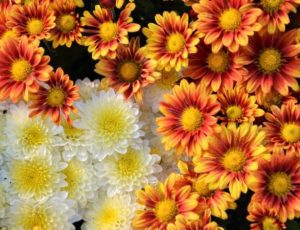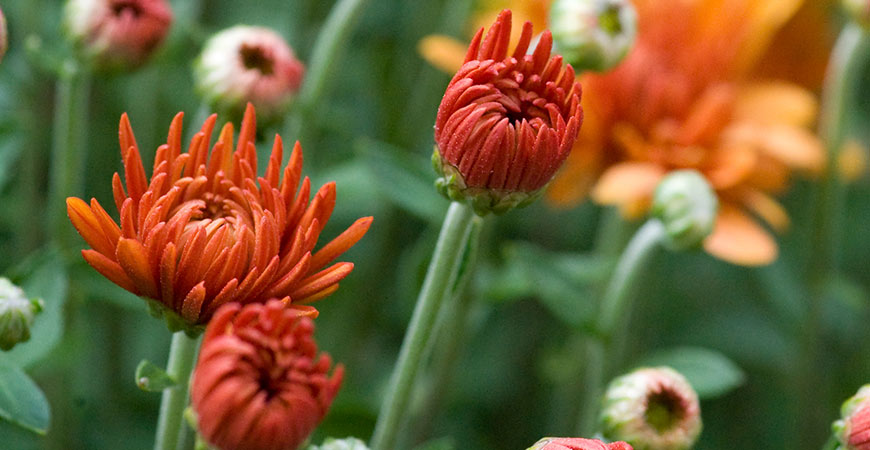
Flower Spotlight: Discover Magnificent Mums, Fall’s Peerless Beauties!
It just wouldn’t seem like fall without mums. These colorful beauties spring to life just as so many other flowers start to wilt, adding their splash of color to autumn’s palette of falling leaves.
Chrysanthemums come in several shapes and a nearly unlimited variety of colors. They aren’t just for container planting–there’s even a mum cultivar that’s hardy enough to survive the brutal Minnesota winter!
Read on to get the info you need to get the most out of these gorgeous blooms. From planting mums to how to care for potted mums, to which mums are the hardiest and most beautiful.
The Prettiest Fall Mums
The word “chrysanthemum” comes from the Greek for “golden flower,” This colorful bloom goes well beyond living up to its name. Chrysanthemums come in many deep, saturated colors that your eyes and heart link up with autumn.
The garnet-tone red, vibrant orange, and, of course, gold of these lovely flowers are like echoes of autumn leaves in your garden. But unlike the short-lived wonder of the changing leaves, chrysanthemums unfurl their rainbow of colors for weeks, with some varieties blooming in late summer, others in early fall, and others in late fall.
Choose wisely, and your garden will be a showcase of color until the first hard frost!
Here are some of the prettiest fall mums for your garden:
- My Favorite™ “Autumn Red” This recently-developed cultivar boasts a striking color combination of deep red petals with a golden center (see photo below). However, Autumn Red’s real standout feature is its incredible hardiness: this tough flower is a perennial in USDA Hardiness Zones 3 and 4, which means that it can withstand even Minnesota’s brutal winters and still pop back up and bloom again next year. Autumn Red grows as a naturally hemispherical hedge that doesn’t need pruning. The hedge reaches about 2.5 to 3.5 feet tall, stays green during the summer, and then blooms in the fall. Autumn Red keeps its lovely red and gold blooms until the first frost, so you will have plenty of time to enjoy the show!
Most mums will survive the winter only in warmer climates such as USDA Hardiness Zones 5 through 9; just like with any plant, check the hardiness zone of any mum you plan to plant in your garden.
- Zesty Jean Its vibrant coral-colored petals and early-season bloom time make the Zesty Jean one of the most popular mum varieties. The Zesty Jean has small, round blooms with plentiful needle-like petals. It makes for a beautiful spreading garden plant in USDA Hardiness Zones 5 through 9.
- Delano boasts a deep purple bloom larger than some other varieties, with a diameter of 3 to 5 inches. Delano mums are well-suited for potted plants, and their deep reddish-purple flowers will be eye-catching on your patio or deck. These mums are early-season-blooming plants.
- Spider Chrysanthemums aren’t like any other mums. Their many long, narrow, tubular petals make them exotic, almost to the point of alien. Spider chrysanthemums make wonderfully whimsical potted plants that are surprisingly easy to care for. One example is the Chesapeake, a spider mum with white blooms in excess of 6 inches in diameter. This flower is sure to be a showstopper!
- Sunny Robin The Sunny Robin is sure to perk up your garden with its multitude of tiny, bright yellow blooms. This early-season bloomer will bring much-needed pep into your garden just as the summer sun dims. Sunny Robin has round pom-pom-style blooms that are about 1 inch in diameter. Plus, this cheery mum makes a wonder garden plant or potted plant.
Planting Mums
Mums need plenty of sun and well-drained soil. So, choose a spot in your garden where they will get at least 6 hours of good sunlight per day.
Also, add compost to your soil if it’s too dense. As with any plant, check the USDA Hardiness Zone on any mums you’re thinking of buying before you make your purchase, especially if you’re buying through mail-order or online, making sure that the cultivar you’re buying is right for the climate where you live.
Loosen the soil and mix in compost, if necessary, to a depth of 8 to 12 inches. Then, gently plant the mums about 1 inch deeper than they were in the pot.
When the new growth shows next spring, trim off last year’s stems. Fertilize mums once a month from spring through July, and divide mums every third spring to give them some space.
Taking Care of These Potted Flowers
Potted mums have similar needs to their cousins out in the garden: plenty of sunlight and water, with well-drained soil. That means you keep your potted mums in a spot where they will receive 6 hours of sunlight daily.
Ensure that you water them often without letting the soil become waterlogged. Lift the pot regularly to make sure it doesn’t feel light. If it is light, it means it’s time to water your mum.
Mums don’t do well at all if they dry out, but root rot is also a real danger if they don’t have proper soil drainage. Re-potting your mums into a slightly larger pot after you buy them is also a good way to help them thrive because mums are prone to becoming root-bound.
Deadheading your mums on an as-needed basis will also help keep them healthy and gorgeous.
Enjoy these autumn lovelies!
Photo courtesy of Magnus Manske.

